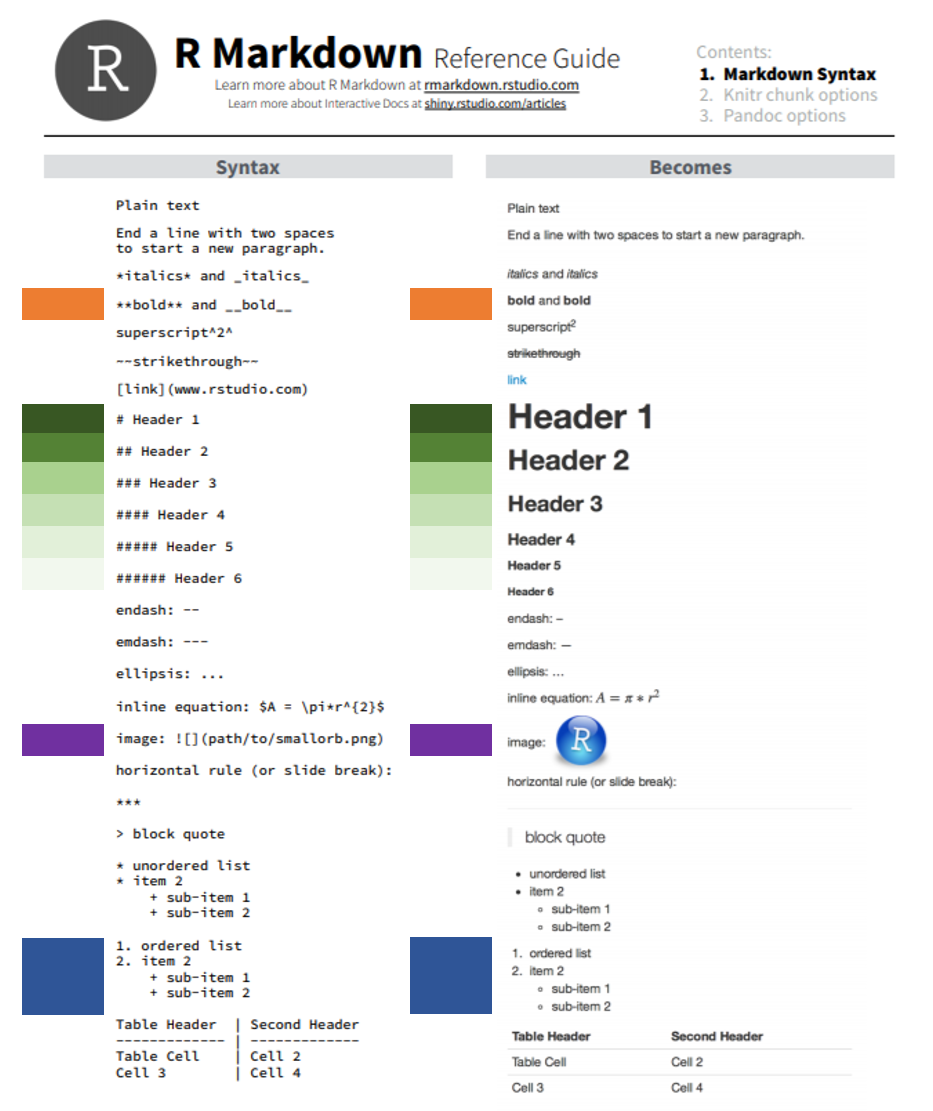
In other words, this is the first R package to support true Word cross-references!įinally, regarding appearance of R-generated outputs (plots, tables…) in the report - with rmarkdown, it is possible to programmatically insert those in the Word report and it is actually the central purpose of rmarkdown package. One of the key features of officedown is the option of adding Word’s calculated fields for references and captions. The latter poses a problem with cross-referencing: the references remain static when the content is updated.įinally, let us mention the recent awesome officedown package which brings some officer features into R Markdown documents. you cannot click on these references or generate a table of figures). These packages, however, output regular text and are unable to generate dynamic captions and references (i.e. It is also worth mentioning that some R packages have been developed to manage tables, figure numbering and captions such as captioner or bookdown. In officer, word cross-references don’t work either.
Rmarkdown reference code#
However, officer code is very difficult to read. This package supplies many Word functionalities that are missing in rmarkdown. Among other packages designed to automate report generation it is worth mentioning officer. It is for example not possible to adapt styles, add tables and figures caption and use Word cross-references. On the other hand, one of the drawbacks is that Word functionalities are very limited. The beauty of Markdown is that it renders plain text documents (the code) readable without messy tags. There are several packages available to generate Word document from R. However, in a professional context, Word cannot be avoided.
Rmarkdown reference pdf#
When it comes to generating reports from with R, PDF and HTML give more elegant results. Also, R and MS-Word installed are prerequisites to go ahead with this tutorial. There are numerous excellent tutorials available if you have just started with these tools. What will not be covered: This post will not introduce R and R Markdown. Who this post is for: This post is for R users who want to use R Markdown (Rmd) scripts to create Word (docx) documents and would like to programmatically insert headings, outputs and Word cross-references. Automating such routines could be a good way to reduce the likelihood of human errors that often arise while performing numerous repetitive tasks and divert resources from boring copy/paste type of exercises to challenging problem solving. Why using R and R Markdown : As data scientists, we often have repeated analysis to perform (example: validation of analytical methods). An R Markdown document is written in markdown (an easy-to-write plain text format) and contains chunks of embedded R code. What is R Markdown : R Markdown is a tool designed to help create reproducible, dynamic reports with R. What is R: R language is widely used among statisticians and data miners for developing data analysis software.

Rmarkdown reference how to#
Awesome R Markdown Word report with programmatically inserted headings, outputs and cross-references How to automate reporting in Word to focus on challenging problem solvingīy Thomas de Marchin (Senior Manager Statistics and Data Sciences at Pharmalex) and Milana Filatenkova (Manager Statistics and Data Sciences at Pharmalex) Photo from Maarten van den Heuvel on Unsplash


 0 kommentar(er)
0 kommentar(er)
